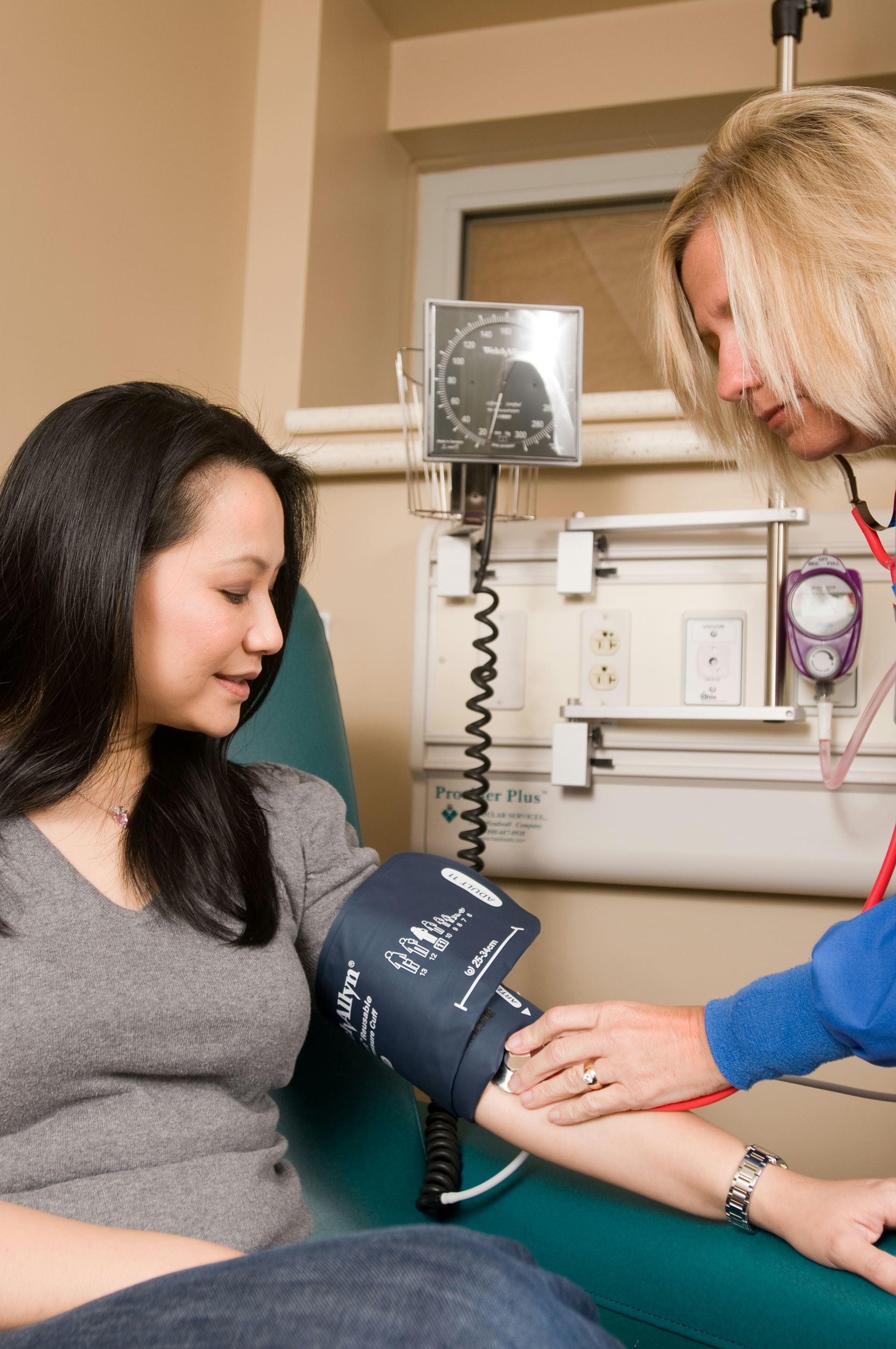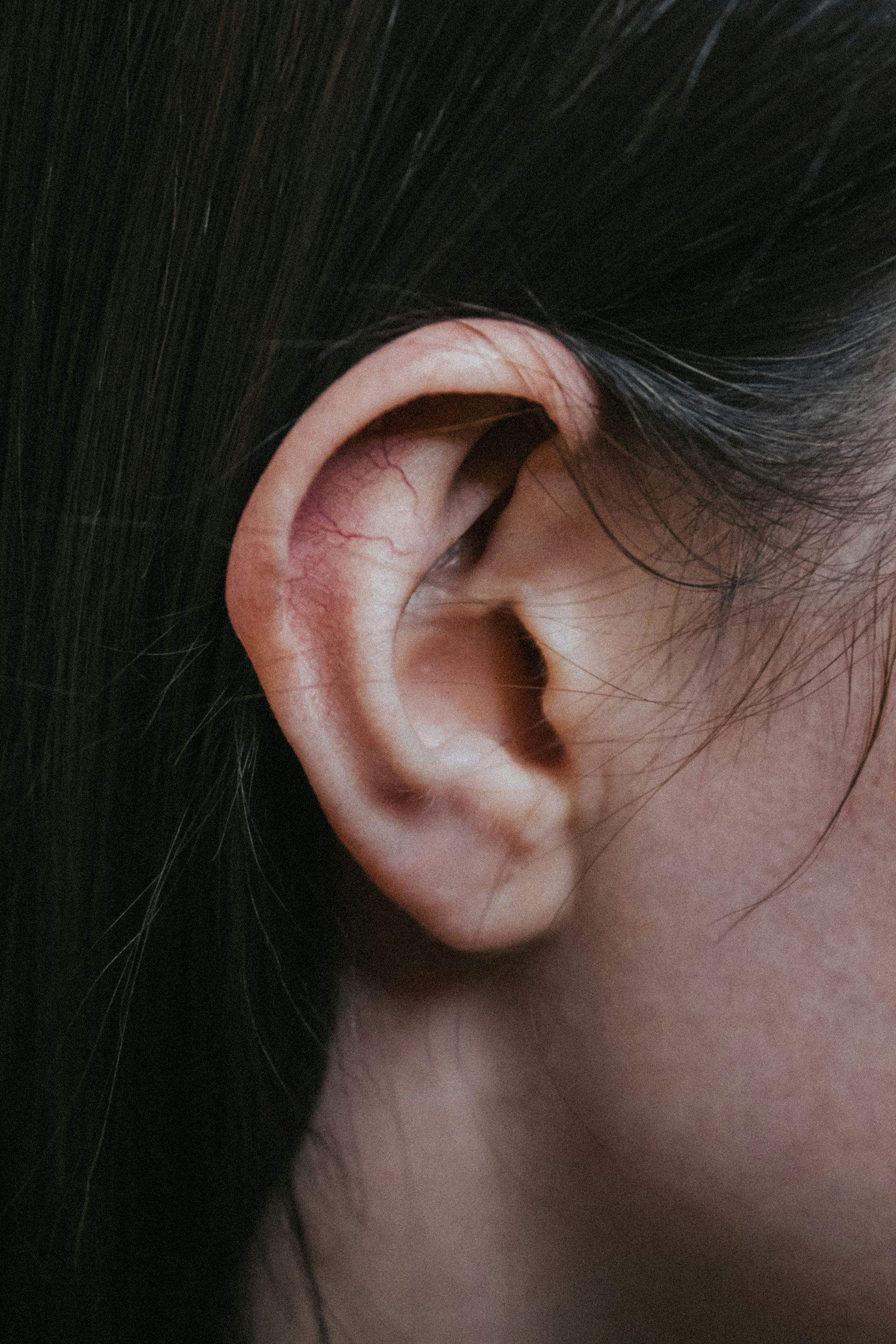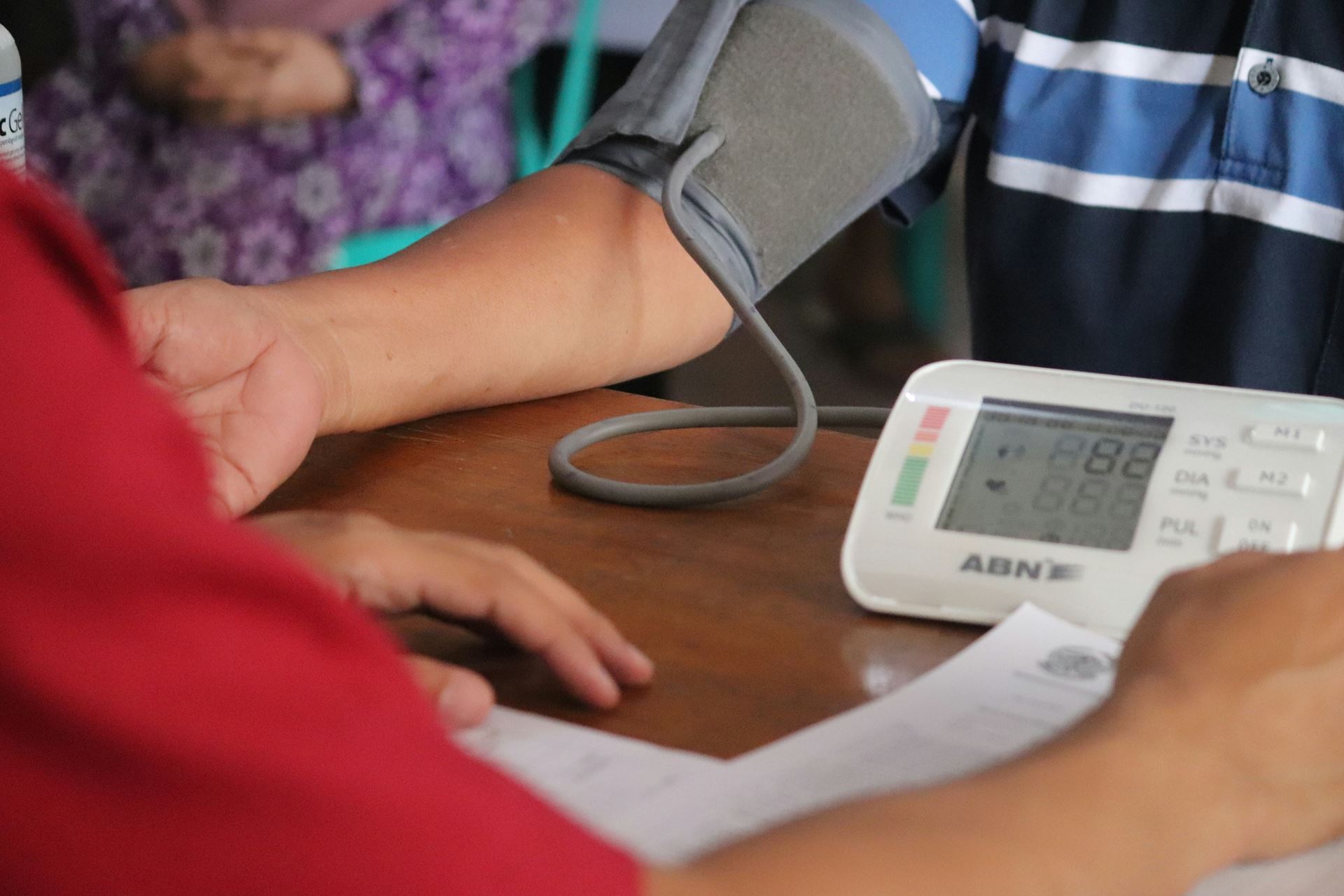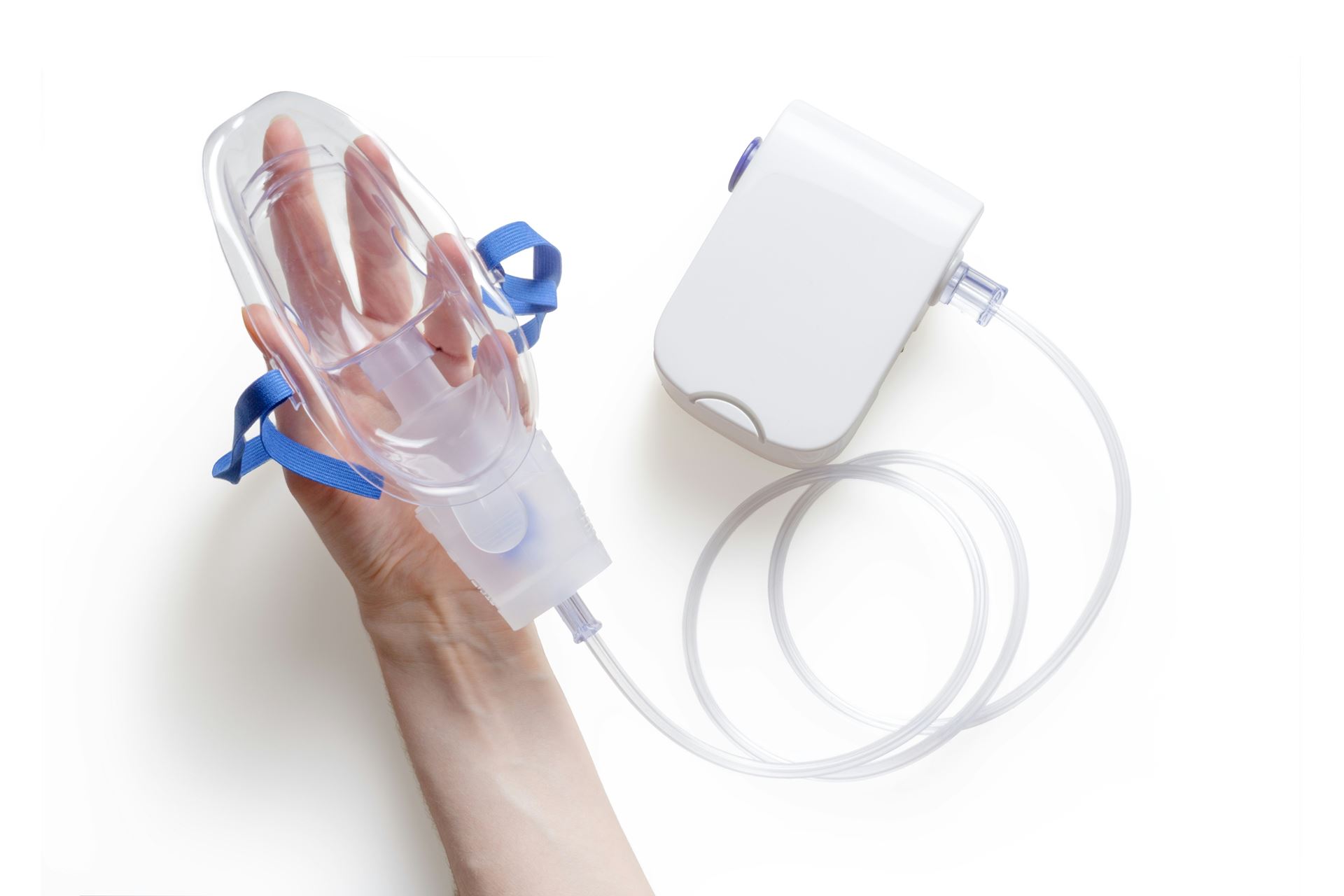What to expect during your appointment
Blood Tests
What is a blood test?
A blood test is a lab analysis of things that may be found in your blood.
Why do I need to have this test?
There are lots of reasons you may need a blood test. A blood test may be done to:
- Check your general health
- Find out if symptoms you are having are caused by certain conditions
- Find out if you’re more likely to get a condition
- Find out how well a condition is being treated or managed
Preparing for the test
What happens during the test?
- The healthcare professional will take a small amount of blood, usually from the inside of your elbow, using a needle.
- A soft strap (tourniquet) may be put around your arm first. This helps to make taking blood easier.
- Your blood will be collected in a small tube which will be sent to a lab for testing.
Will I experience any discomfort or side effects?
- You’ll feel a scratch as the needle goes in, which may be a bit uncomfortable
- You may get some bruising or swelling around the area where your blood was taken, but this should go away after a few days
If you are worried about needles
- Tell the healthcare professional doing your blood test is you’re worried about needles. They can help you feel more comfortable during the test
· You can also bring someone with you to the blood test to support you.
After the test
What happens after the test?
· Blood test results will likely be back within a week, some results will take longer as they require more testing from the lab.
· If there is any results that a clinician wishes to discuss, an appointment will be made for a further discussion, otherwise the GP surgery will not contact you.
· If you would like copies of your results, use the Petworth Surgery ‘contact us’ page.


Ambulatory Blood Pressure Monitor / 24 Hour Blood Pressure Monitor
What is an ambulatory blood pressure monitor?
This is a simple recording of your blood pressure that requires you to wear a cuff on your arm and small box on a belt round your waist. You will wear this at home and return it the next day.
Why do I need to have this test?
Your doctor or nurse has requested that you have this simple non-invasive test in order to monitor your blood pressure over a 24-hour period.
Preparing for the test
What happens during the test?
· The blood pressure cuff will inflate approximately every half hour during the day and hourly at night. You should carry out your normal activities, but you will not be able to have a shower or bath whilst wearing the equipment. We do not advise driving, other than to and from the appointment as the BP monitor can be a distraction.
Will I experience any discomfort or side effects?
· You may experience a tingling sensation in your arm when the cuff is inflating. This will resolve when the cuff deflates
After the test
What happens after the test?
· You will need to return the equipment to the reception after 24 hours or as instructed at your appointment.
When/how will I receive the results of the test?
· The results will be passed onto the clinician who requested the test
Cervical Screening / Smear
What is a Cervical Screening?
A cervical screening, which used to be called smear test, is a test to check the health of the cervix and help prevent cervical cancer. It is offered to women and people with a cervix aged 25 to 64.
Why do I need to have this test?
Cervical screening check the health of your cervix and helps find any abnormal changes before they can turn into cancer. It is not a test for cancer, it is a test to help prevent cancer. Cervical screening checks a sample of cells from your cervix for certain types of human papillomavirus (HPV).
Preparing for the test
What happens during the test?
1. You’ll need to undress from the waist down. You’ll be given a sheet to put over you.
2. The nurse will ask you to lie back on a bed, usually with your legs bent, feet together and knees apart. Sometimes you may need to change positions during the test.
3. They’ll gently put a smooth, tube-shaped tool (a speculum) into your vagina. A small amount of lubricant may be used.
4. The nurse will open the speculum so they can see your cervix
5. Using a sift brush, they’ll take a small sample of cells from your cervix
6. The nurse will close and remove the speculum and leave you to get dressed.
Will I experience any discomfort or side effects?
· If there is any discomfort, you can ask to stop the test, do not feel pressured to keep going.
· If there is some embarrassment, speak to the nurse who understand and can arrange any support you may need.
After the test
What happens after the test?
· Cervical screening results are usually sent to you in a letter, sometimes you may be asked to call your GP to get the results.
· Try not to worry if it is taking a long time to get your results letter.
· Sometimes you’ll be asked to come back in 3 months to have the test again. This does not mean there’s anything wrong, it’s because the results wre unclear.


Ear Syringing
What is ear syringing?
Ear irrigation may be needed if ear drops do not work
Why do I need to have this test?
You only need to remove ear wax if it is causing symptoms such as dulled hearing. Ear wax may also need to be removed for fitting of a hearing aid, or if a doctor or nurse needs to examine your ear drum.
Preparing for the test
Before the test
· Use ear drops (such as olive oil ear drops) to soften wax 2-3 times a day for 2 weeks before you have ear irrigation.
· If you have not used ear drops as directed then the irrigation is not likely to be successful and you will need to come back to the surgery another time.
· If your hearing has improved then please cancel the ear irrigation appointment as it will not be needed.
What happens during the test?
- Lukewarm water is squirted into the ear canal. This dislodges the softened plug which then falls out with the water. Washing is stopped if you feel discomfort. Your ear is examined with a light and is checked by the nurse before you leave.
Will I experience any discomfort or side effects?
· If there is any discomfort during the procedure, tell the nurse who will stop.
· The ear canal may be prone to infection for 4 to 5 days until more wax is produced to protect it. Ear drops can be given by the chemist to help.
After the test
What happens after the test?
·
Some people feel dizzy after ear irrigation but this quickly settles.
· The ear canal may be prone to infection for 4 to 5 days until more wax is produced to protect it.
· Some people develop an inflammation in the ear canal following ear irrigation. This causes itch and discomfort but can be treated with ear drops.
Electrocardiogram (ECG)
What is an ECG?
An ECG (electrocardiogram) is a test that records the electrical activity of your heart, including the rate and rhythm.
Why do I need to have this test?
You’ll usually have an ECG if a doctor or healthcare professional think you’re having symptoms of a heart attack, coronary heart disease or problems with how quickly or how regularly your heart beats.
Preparing for the test
Before the test
· Wearing a top that easy to take on or off.
· Do not put any lotions, oil or talcum powder on your skin before the test.
What happens during the test?
- You'll be asked to take off the clothes on the top half of your body, behind a screen.
- You'll be asked you to lie back and the healthcare professional will attach sticky patches (called electrodes) on your arms, legs and chest. These are attached to the ECG machine.
- You'll need to lie still for a few minutes while the ECG machine records the electrical signals that are created when your heart beats.
- The healthcare professional will remove the sticky patches from your skin. You might feel some slight discomfort when the patches are taken off your skin, a bit like when you take off a plaster.
After the test
What happens after the test?
· The healthcare professional will ask you to take seat in the waiting room whilst a clinician (GP or paramedic) look at your results and will come and speak to you.
· They may say your results are normal and you are free to leave or they may have a consultation with you if there were some irregularities with your results.


NHS Health Check
What is an NHS Health Check?
It is a free check-up of your overall health. It can tell whether you’re at higher risk of getting certain health problems such as:
· Heart disease
· Diabetes
· Kidney disease
· Stroke
Why do I need to have this test?
To tell whether you’re at higher risk of getting certain health problems.
Preparing for the test
What happens during the test?
· A blood test
· A blood pressure check
· Height and weight measurement
· Measuring your waist
· General health questions
Will I experience any discomfort or side effects?
· There will be a scratch when the healthcare profession takes your blood.
· The blood pressure cuff may cause some discomfort, if this happens, speak to the healthcare professional who can help.
After the test
What happens after the test?
· The Q-Risk score estimates cardiovascular risk and the likelihood of heart or circulation problems.
Spirometry and Reversibility
What is spirometry and reversibility?
Spirometry is a simple test used to help diagnose and monitor certain lung conditions by measuring how much air you can breathe out in one forced breath.
It's carried out using a device called a spirometer, which is a small machine attached by a cable to a mouthpiece.
Why do I need to have this test?
Spirometry can be used to help diagnose a lung condition if you have symptoms, or if your doctor feels you're at an increased risk of developing a particular lung condition.
For example, spirometry may be recommended if you have a persistent cough or breathlessness, or if you're over 35 and smoke.
Conditions that can be picked up and monitored using spirometry include: Asthma, COPD, Cystic Fibrosis and pulmonary fibrosis.
Preparing for the test
Before the test
· If you use bronchodilators (medicines, usually inhaled, that help relax and widen your airways), you will need to stop using it beforehand.
· You should also avoid smoking for 24 hours before the test, and avoid drinking alcohol, strenuous exercise or eating large meals for a few hours beforehand
What happens during the test?
· Inhale fully, so your lungs are completely filled with air
· Close your lips tightly around the mouthpiece
· Exhale as quickly and forcefully as you can, making sure you empty your lungs fully
· This will usually need to be repeated 3 times to ensure a reliable result
After the test
What happens after the test?
· The nurse will not be able to give you your results straight away, the results will be given to doctor to review, who will discuss them with you if there are any concerns.

Page created: 09 April 2020